ÍNDICO ENCOUNTERS with Naguib and Gigliola Zacara
Art to find yourself
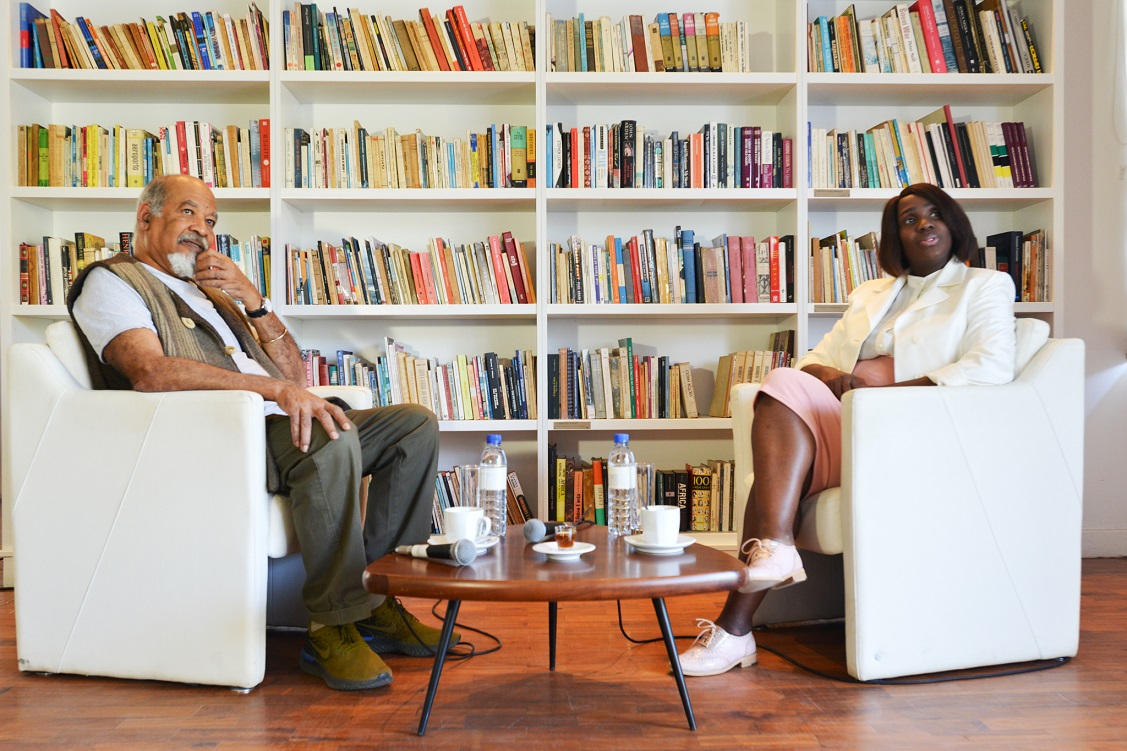
Overlooking the Espírito Santo estuary and the green Catembe not so far away, some afternoons in the late 90s and early 2000s were spent at the Café com Letras, owned by the artist Naguib. It was a popular place, on Avenida 10 de Novembro.
A Miami Beach vibe on the outside and inside the space there was Art. Professor Lucília from the National Dance School, currently residing in London, took 12 dancers, students of hers at that art education institution, including Gigliola Zacara.
“Of her students I am the only survivor, I consider myself her legacy,” Gigliola says. Naguib is close to the teacher. She got married at Café com Letras, which closed down in 2003, making room, years later, for the current Standard Bank building, next to the Ministry of Foreign Affairs, in Maputo.
Naguib took to the streets at the age of 20 to celebrate the independence of Mozambique. He was inspired by Malangatana, but his urban experience did not connect with the Malangatanian rural motives. His imagery offered other suggestions.
The artist born in Tete in 1955 was shaped by the review of the Gazeta de Letras published by Tempo Magazine, by Randzarte in the 80s and 90s. And by a society willing to reflect on Art, on proposals for exhibitions, theatre plays and other forms of Art.
She still remembers that group from the National Dance School. Almost two decades later, she is in front of one of the members, in an unlikely conversation of the fourth session of the Indian Ocean Encounters, produced by the Fernando Leite Couto Foundation in partnership with Índico, the inflight magazine of Mozambican Airlines (LAM).
Focusing on the present, both look and review Art with fear. They miss, although from different times, their training, the primacy of the quality of the works of Painting, Dance and Theatre. “I only started selling my work ten years after I started painting,” Naguib says, respecting the process itself. Advised by Malangatana, he decided to exhibit and show up as an artist, at the time residing in the Monte Pio building.
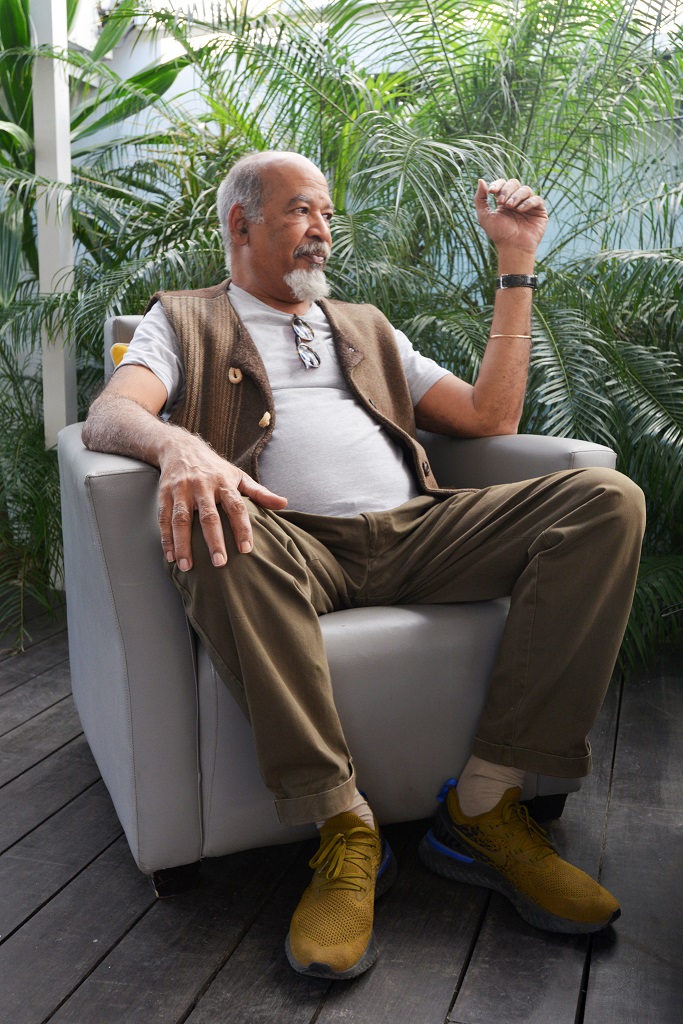
And Gigliola performed for free to build her name, until “the market defined my value.” If in the visual arts, Naguib diversifies in painting, drawing, monuments and murals, Gigliola, in the stage arts, makes Theatre, Cinema and writes. And they meet here. To the first, art is a unique, singular expression. Only he can paint like he paints. To the latter, it is a kind of representation of the collective, giving a voice to those who do not have it.
They meet again here: the purpose of Art is to touch, to provoke those who see, hear or feel it, with an ambition of timelessness, but with their feet in the present. It is true that for Naguib the path is to do “something out of the box, different from everyone else.”
He finds examples in the literature of José Craveirinha and Mia Couto. “It is necessary for each one of us [Artists] to create their own form of communication [find their own beat],” Naguib sums up.
“I only started selling my work ten years after I started painting,” Naguib says.
To Gigliola, Art is a kind of representation of the collective.

– In the training I had as a choreographer, the lesson that remained was precisely that of finding your own way of expressing yourself. And that created a certain confusion for me with my colleagues at the Theater, because I was looking for my way of speaking, different from everyone else – Gigliola agreed.
– How many artists are trained per year? – Naguib continued, wanting to question how many are consecrated – but being an artist requires other things such as technical and theoretical mastery, but above that, you have to find talent. My consecration is for posterity, my concern is to work and create things. An artist does not exist to please anyone but themselves.
– I think artists give voice to those who have no voice – Gigliola repplies.
– Sometimes we have to give these people the opportunity to express themselves – Naguib reacted – by proposing to Gigliola a workshop with sex workers from downtown Maputo, who work at Rua de Bagamoio, right in front of the National School of Art.
– Challenge accepted – Gigliola concludes.
Issue 69 Sept/Oct | Download.



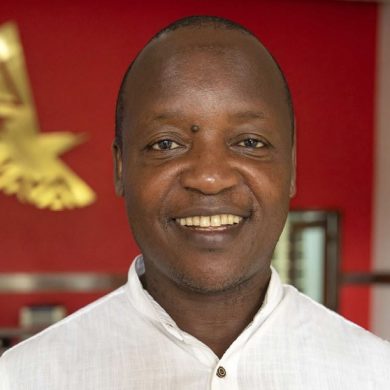




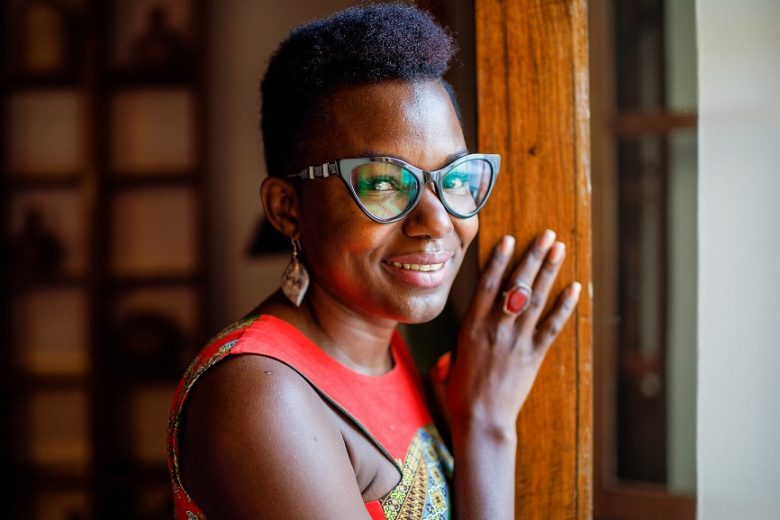
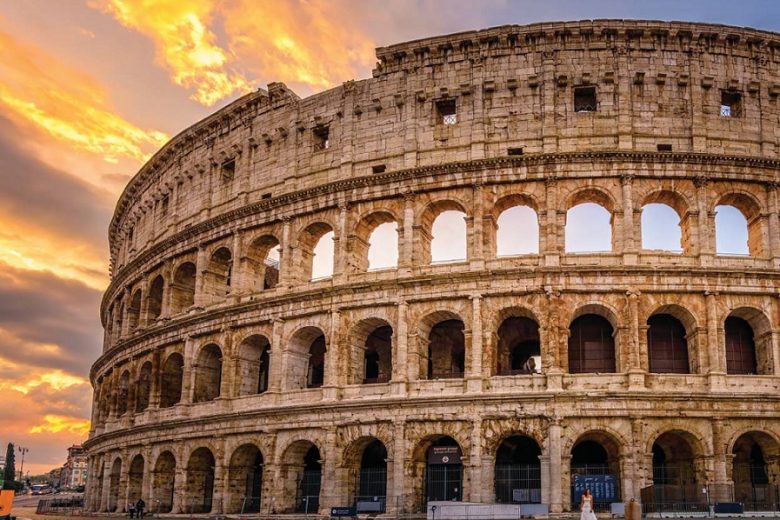










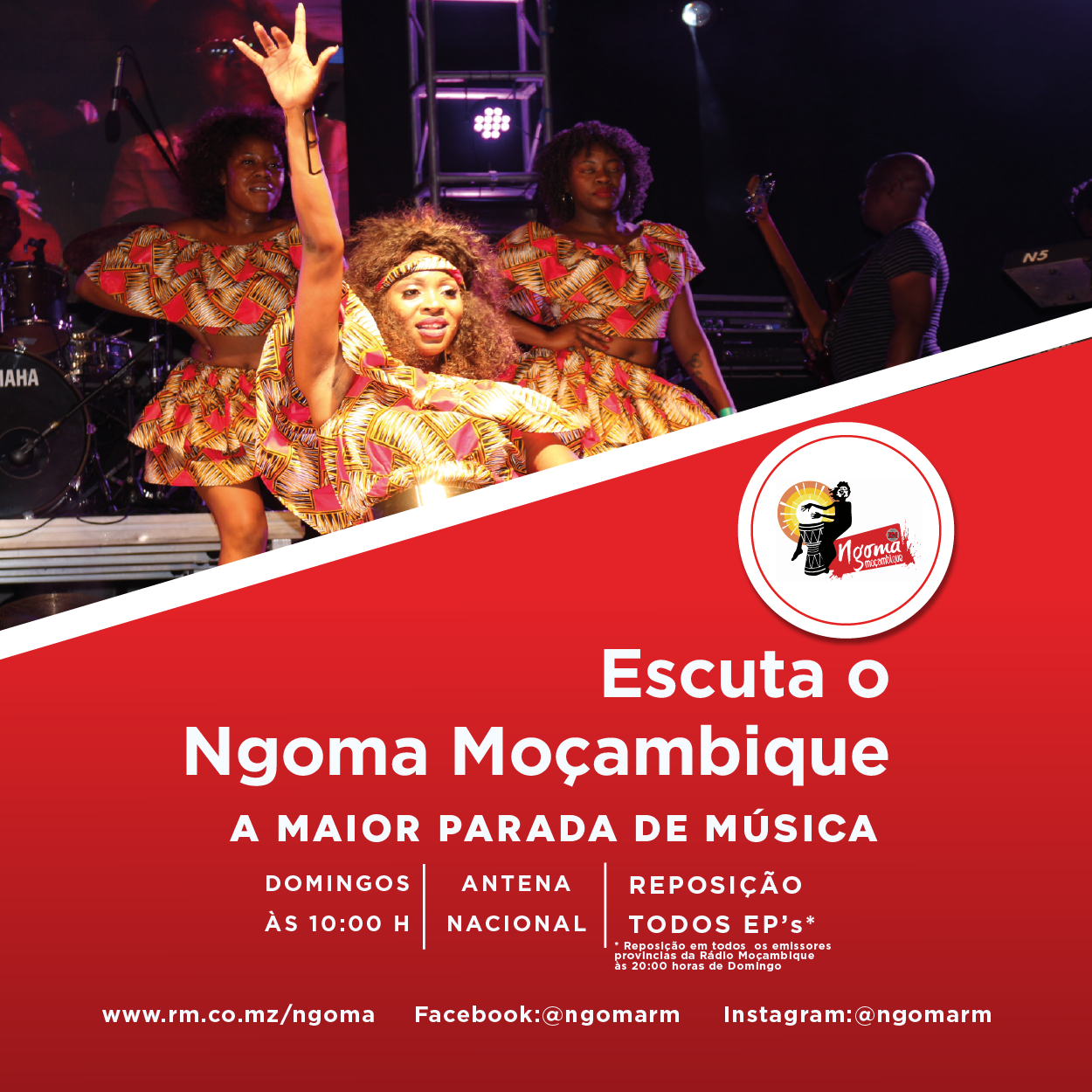






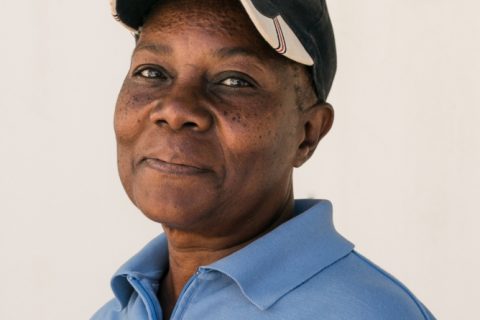
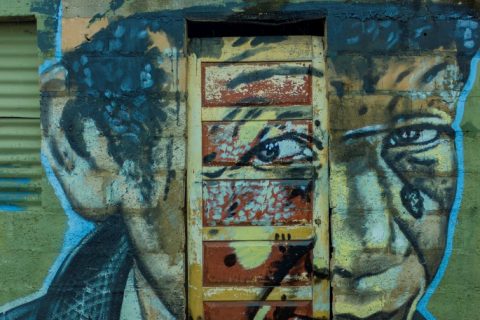






0 Comments